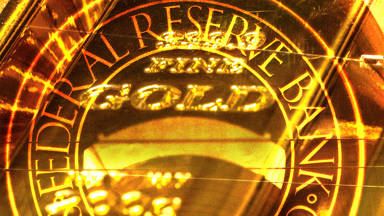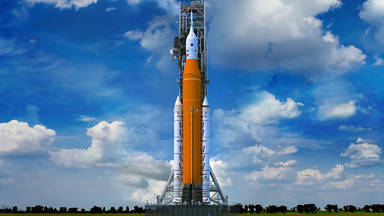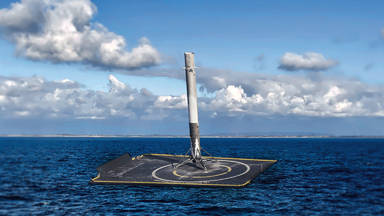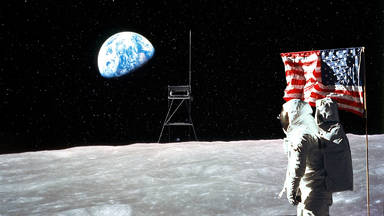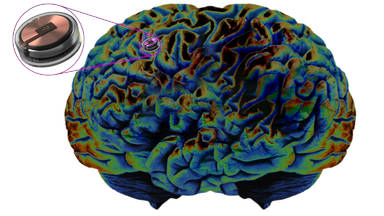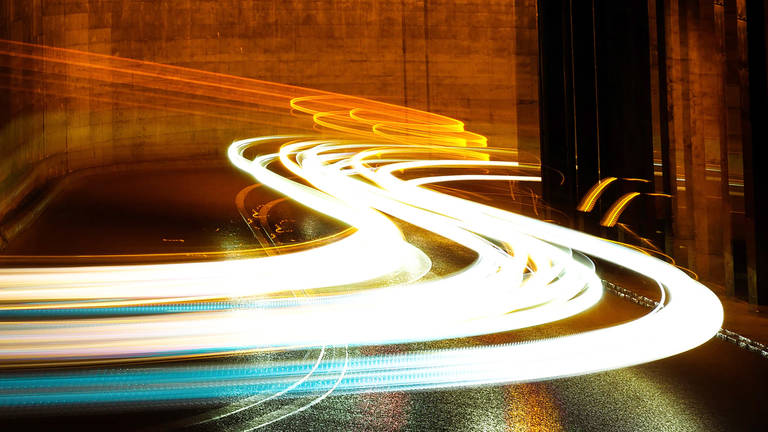
We often hear that the expansion of the universe accelerates some objects faster than light itself. Indeed, some objects see the distance that separates them increase faster than the speed of light. But this is due to the expansion of the universe itself. The underlying grid upon which are placed all entities. This grid is in constant expansion, which is why the distance between objects constantly grows larger. This is not actually true movement, it does not enable us to send information faster than light. Except for the expansion of the universe, is it possible for an object to move faster than light through space?
The theory of special relativity enables us to grasp the fact that the speed, at which an object moves in space, modifies the flow of that object's time. The faster the object moves relative to the observer, the more the object's own time slows down in comparison to that same observer's time.
If this same moving object carried a clock, then the time taken for the arms of that clock to go full circle would be greater and the time taken by those of an identical clock which would lie at rest in the object's environment. So the quicker an object moves in space, the slower it moves in time. For an object at rest, with a speed of zero, time passes at a hundred percent of its normal rate. In turn, for an object traveling at a 100% of the speed of light, time would simply stop, or in other words go by with a speed of zero.
Naturally, we might think that if time can come to a stop when we reached the speed of light, it might be possible to take it one step further and go back in time, if it were possible to travel even faster than the speed of light. The more we would accelerate beyond the speed of light, the quicker we would be going backwards into the past, with a flow of time that would be negative.
This is an idea which seems at first glance entirely plausible, and even very attractive. However, it relies on a fundamental assumption which should not be left unchallenged. This is the fact that an object moving at 50% the speed of light, sees its own time go by not at 50% of normal rate, but at 87% of the normal rate of the flow of time. Likewise, an object moving at 80 percent the speed of light, sees its own time go by at 60 percent normal rate, and an object moving at 25% the speed of light sees almost no difference, as its own time goes by 97% normal rates.
The curve of speed-time turns out to be not a straight line, but a quarter-circle. It is neither possible to go faster than the speed of light, nor to go beyond the rate of 100% the flow of the observers time. Indeed, even for a hypothetical object which would be going back in time, that is with a flow of time that would be negative, it remains strictly impossible to go beyond the speed of light, because all objects are confined to this circle.

